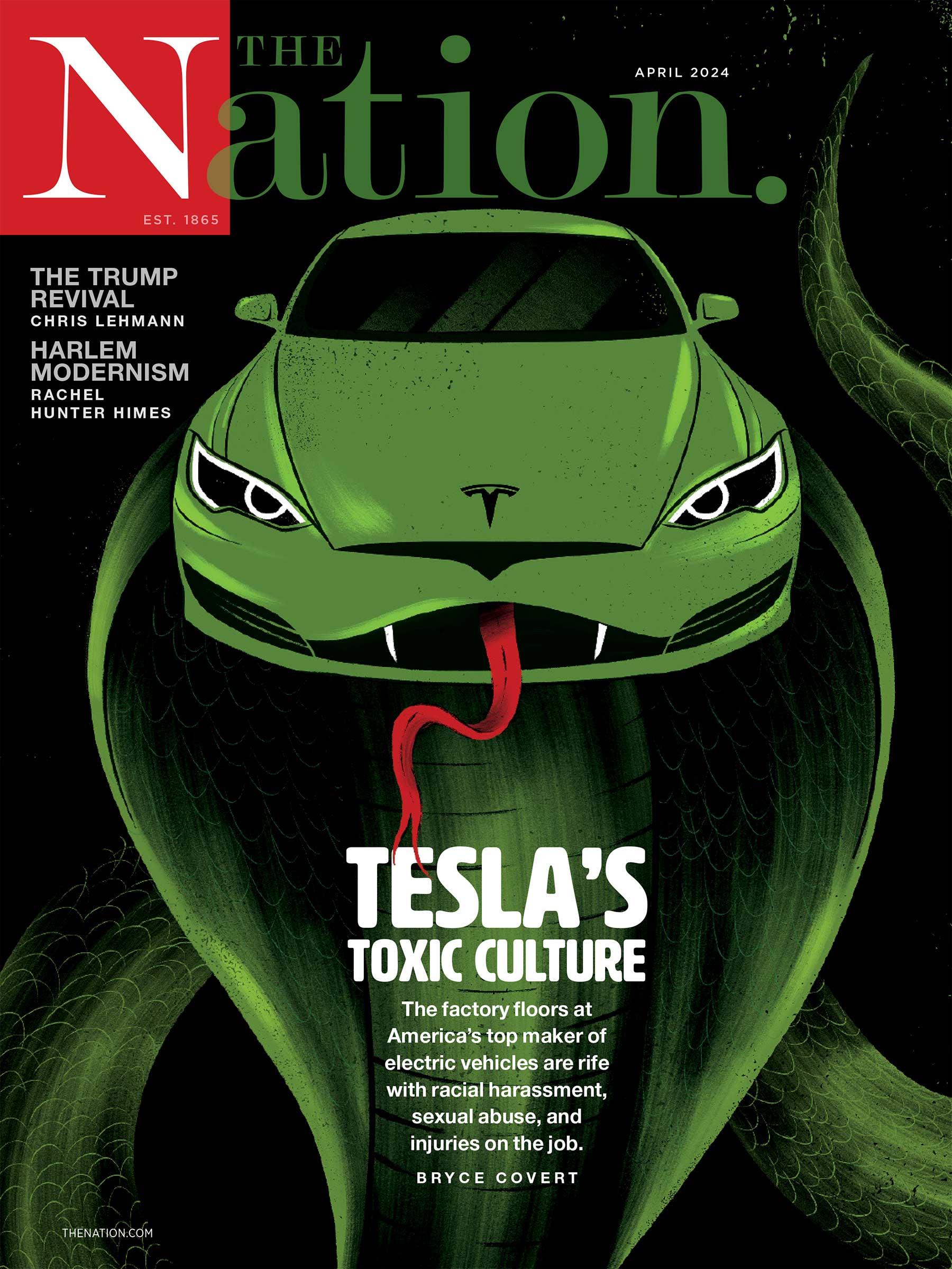A massive new pipeline that will carry hydrofracked gas is being constructed in New York City. The pipeline, built by subsidiaries of Spectra Energy, will carry the gas from the Marcellus Shale, a bed that lies under Pennsylvania and New York State, into New York City’s gas infrastructure. Naturally, the construction of such a pipeline, carrying controversial highly pressurized gas, has been met with resistance.
In the spring of 2012, Occupy the Pipeline emerged, raising health and safety concerns about the pipeline.
For starters, the group states the Marcellus shale has seventy times the average radioactivity of natural gas and possesses extremely high radon content. Worse, monitoring radon content doesn’t appear to be a priority for federal regulators. The Federal Energy Regulatory Commission stated radon risk assessment is “outside their purview.” High radon levels have been linked to increases in the risk of lung cancer among non-smokers, a claim Occupy the Pipeline restates in a video that was recently picked up by Upworthy (the video currently has been viewed over 470,000 times):
In the video, Occupy the Pipeline also addresses other safety concerns, for example, contaminated water and a 2010 explosion from a pipeline of similar size and pressure in San Bruno, California. That explosion killed eight people and destroyed thirty-eight homes. Overall, Spectra Energy has a dismal safety record that includes seventeen safety violations in 2011, a $15 billion fine for contaminated pipelines and multiple facility explosions. At one time, Spectra was named the number-one gas polluter in British Columbia.
“The pipeline is an explosion risk,” says Eric Walton, a member of Occupy the Pipeline. “We believe that installing a thirty-inch [diameter] pipeline that carries highly flammable gas at pressure greater than that of water through a fire hose directly below the street in neighborhoods as densely populated as the West Village and Chelsea is nothing short of unbridled hubris.”
“This is the first time that [the Federal Energy Regulatory Commission] has approved a pipeline of this kind in such a densely populated area and we believe it’s a disaster in waiting,” he adds.
The 2010 documentary Gasland, which detailed the consequences of hydraulic fracturing, documented cases of homeowners who say their water has been discolored, and in some communities, people were able to ignite the water coming out of their faucets.
Popular
"swipe left below to view more authors"Swipe →
“The Spectra Pipeline would increase the demand for fracked gas and make New Yorkers complicit in a method of fossil fuel extraction that is causing untold harm to the environment in Pennsylvania, Ohio and elsewhere,” says Walton.
In October 2012, George Pingeon, 27, a protester form Occupy the Pipeline, chained himself to a backhoe in order to delay the pipeline construction. Pingeon remained locked to the backhoe for an hour before police arrived and collared him. A month earlier, police arrested six pipeline protesters after they chained themselves to Spectra’s construction equipment on the Gransevoort Pier.
When Governor Andrew Cuomo attended a conference at the Sheraton Hotel in midtown Manhattan last August, he was greeted by over 100 protesters who had gathered outside to protest against fracking. At the time, Cuomo said there’s a lot of emotion surrounding the issue.
“The demonstrations, we’ve seen them pro, and we’ve seen them con, all over the state,” he said. “Let’s make the decision on the facts. Let the science dictate the conclusion.”
Occupy the Pipeline activists are also fans of science, says Walton.
“We recognize the scientific consensus that fossil fuels cause global warming. We believe that the need to stop extracting and burning hydrocarbons could not be more urgent and that the construction of infrastructure to transport fossil fuels only postpones the day that we as a city and as a society free ourselves from the fossil fuel addiction that imperils the very future of life on this planet.”
Concerns over the pipeline construction extend beyond the activist community. West Village residents have tried to derail the pipeline construction (upward of 5,000 complaints have been filed by locals), and in September of last year, opponents sued the Hudson River Park Trust for allowing Spectra to build beneath the waterfront park without first doing an extensive environmental review.
 A weird addendum to the story: Occupy the Pipeline activist Lopi LaRoe says she has been contacted by federal officials, not out of concern over radon levels but over her use of Smokey Bear in an anti-fracking meme that reads, “Only YOU can prevent faucet fires.”
A weird addendum to the story: Occupy the Pipeline activist Lopi LaRoe says she has been contacted by federal officials, not out of concern over radon levels but over her use of Smokey Bear in an anti-fracking meme that reads, “Only YOU can prevent faucet fires.”
“I was recently served a cease and desist order by the US Forest Service,” says LaRoe. “Not only is it an attempt to suppress political speech, it comes at a time when the US Forest Service is pushing hard to allow fracking in our national parks.”
Recently, the US Forest Service began to consider allowing horizontal drilling for natural gas in the George Washington National Forest and the Pawnee National Grasslands.
When will big environmental groups divest from fossil fuels? Read Naomi Klein’s column.


